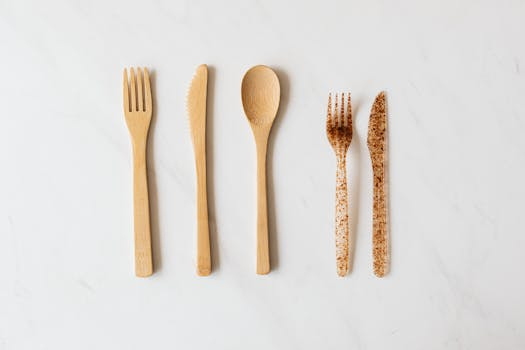Post-Plastic Appliances: Sustainable Materials for a Greener Future
Plastic has become an integral part of our daily lives, from the packaging of our food to the appliances we use in our homes. However, with the growing concerns about the environmental impact of plastic, people are looking for greener and more sustainable alternatives. In recent years, there has been a shift towards post-plastic appliances that are made from sustainable materials, which not only reduces plastic waste but also contributes to a greener future. In this article, we will delve into the world of post-plastic appliances and explore the sustainable materials that are being used to create a greener future.
The Problem with Plastic
The widespread use of plastic in our daily lives has led to a major environmental crisis. It is estimated that about 8 million tons of plastic waste end up in the ocean every year, posing a threat to marine life and ecosystems. Plastic takes hundreds of years to decompose, and even then, it breaks down into microplastics that can still harm the environment. Moreover, the production of plastic also contributes to greenhouse gas emissions, further exacerbating the issue of climate change. With these alarming statistics, it is clear that we need to find sustainable alternatives to plastic.
What are Post-Plastic Appliances?
Post-plastic appliances refer to household appliances that are made from sustainable materials instead of plastic. These materials could be natural and biodegradable, or they could be recycled from other sources. Post-plastic appliances aim to reduce plastic waste and have a lower carbon footprint, making them a popular choice among environmentally conscious consumers.
Bamboo
Bamboo is a highly sustainable material that is fast becoming a popular choice for post-plastic appliances. It is a fast-growing plant that can be harvested without causing harm to the environment. Moreover, bamboo is strong and durable, making it an ideal material for appliances such as cutting boards, kitchen utensils, and even electronic devices. Its natural antibacterial properties also make it a hygienic option for household use.
Recycled Plastic
While the goal is to reduce the use of plastic, recycling it is still a better option than sending it to landfills. Many companies are now using post-consumer recycled plastic (PCR) to create new products, including household appliances. This not only reduces plastic waste but also saves energy and resources that would have been used in the production of new plastic.
Cork
Cork is another sustainable and versatile material that is being used in post-plastic appliances. It is extracted from the bark of cork oak trees without harming the tree, making it a renewable resource. Cork is lightweight, water-resistant, and has excellent insulating properties, making it perfect for products like wine stoppers, coasters, and even cutting boards.
The Benefits of Post-Plastic Appliances
Aside from being environmentally friendly, post-plastic appliances offer many other benefits. They are often more durable and long-lasting than plastic products, making them a cost-effective choice in the long run. Furthermore, they are free from harmful chemicals and toxins that may be present in plastic, making them safer for household use. Additionally, buying post-plastic appliances supports companies that are committed to sustainability, encouraging others to follow suit.
In Conclusion
The widespread use of plastic has had devastating effects on the environment, and it is our responsibility to find alternatives that are more sustainable. Post-plastic appliances made from materials such as bamboo, recycled plastic, and cork offer a greener and more eco-friendly option for households. By supporting these products, we can contribute to a greener and healthier future for ourselves and the planet.










